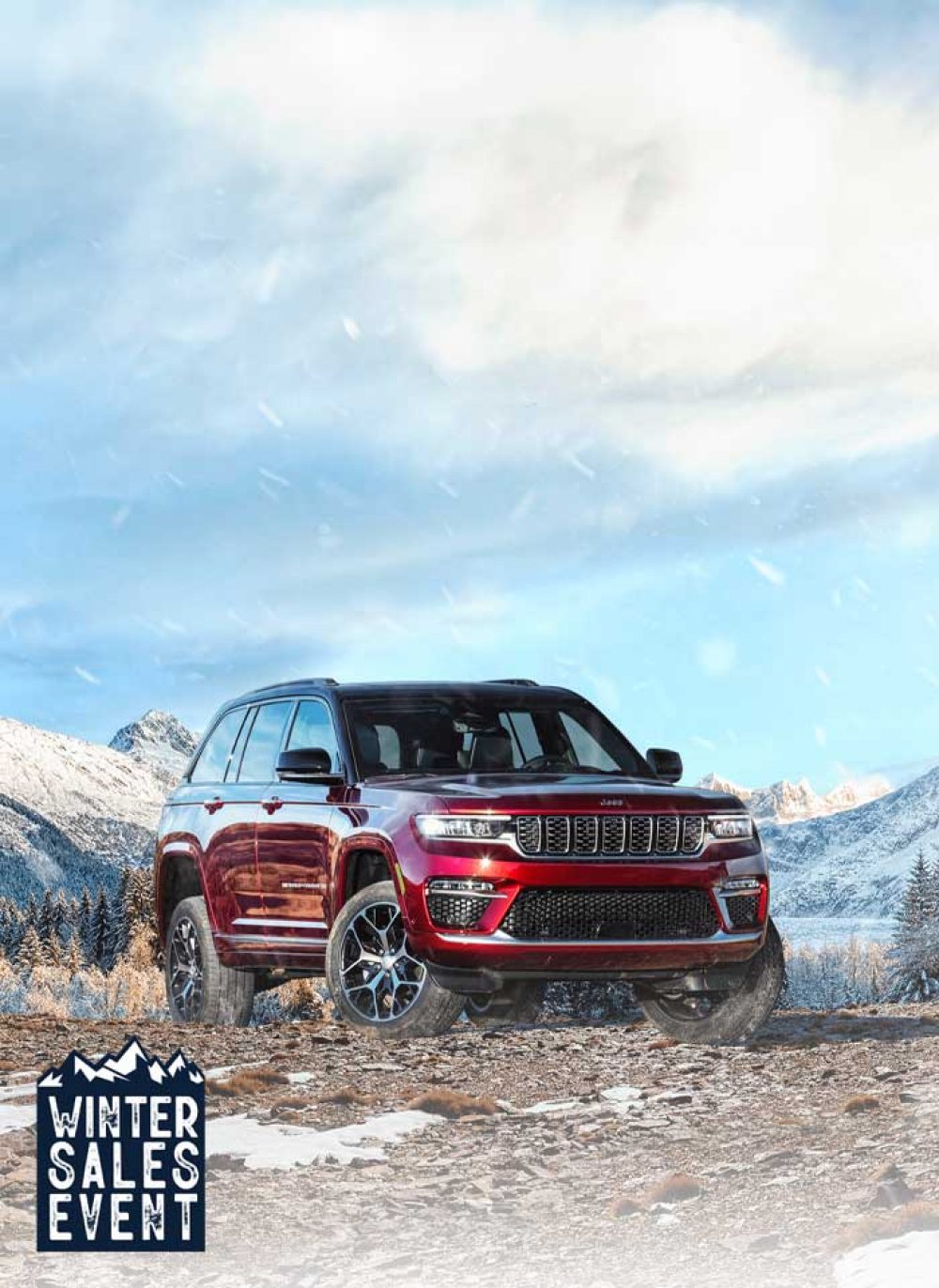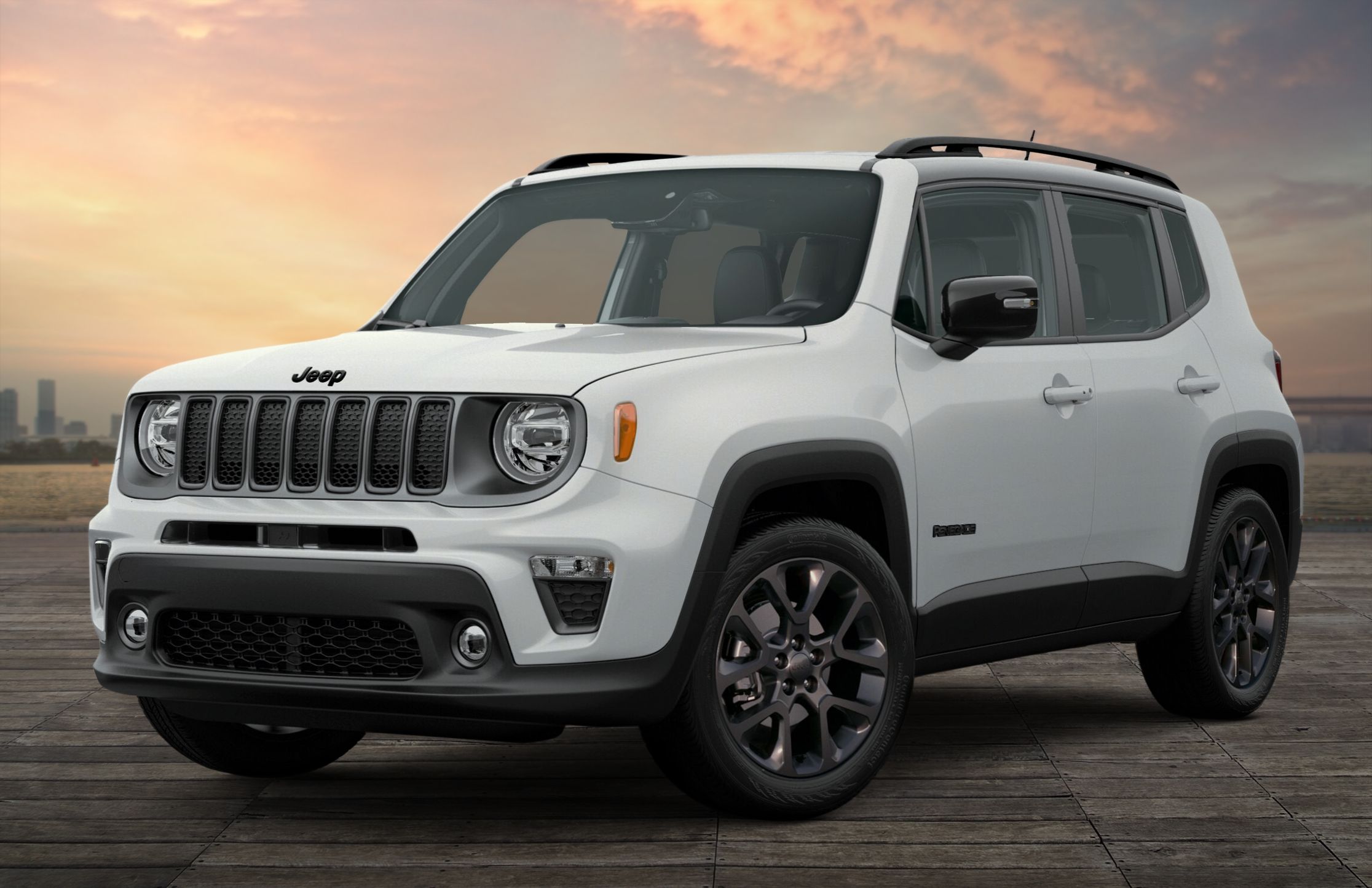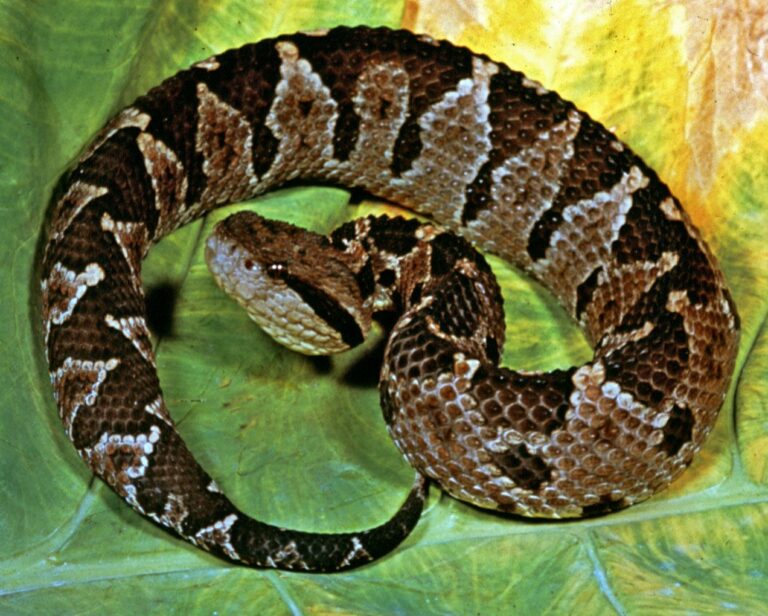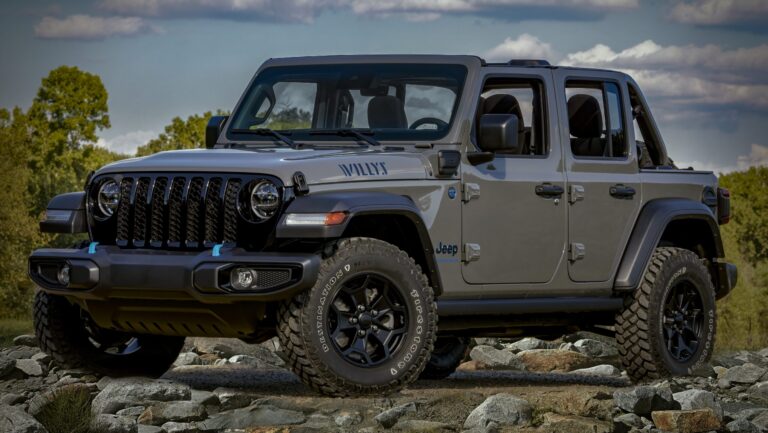Jeep SRT8 Wheels And Tires For Sale: A Comprehensive Buyer’s Guide
Jeep SRT8 Wheels And Tires For Sale: A Comprehensive Buyer’s Guide jeeps.truckstrend.com
The Jeep Grand Cherokee SRT8 isn’t just an SUV; it’s a performance powerhouse, a muscle car in an SUV body. With its formidable HEMI engine, aggressive styling, and track-ready capabilities, the SRT8 demands components that can match its intensity. Among the most crucial elements dictating its performance, safety, and aesthetic appeal are its wheels and tires. Whether you’re looking to replace a damaged set, upgrade for enhanced performance, or simply customize its appearance, navigating the market for Jeep SRT8 wheels and tires can be a detailed process. This comprehensive guide aims to arm you with all the knowledge needed to make an informed decision when buying or selling these vital components.
Understanding the Grand Cherokee SRT8’s Wheel and Tire Needs
Jeep SRT8 Wheels And Tires For Sale: A Comprehensive Buyer’s Guide
Before diving into the market, it’s essential to grasp why the SRT8’s wheels and tires are unique and critical. The Grand Cherokee SRT8 (spanning WK1 2006-2010 and WK2 2012-2021 generations) is designed for high-speed stability, superior handling, and immense braking power. This requires specific wheel and tire specifications:
- OEM Specifications: Factory SRT8 models typically come with large diameter wheels (20-inch for WK1, 20- or 21-inch for WK2) and a 5×127 (5×5 inch) bolt pattern. The offset is crucial for proper fitment and brake clearance. Later WK2 models often feature a staggered setup, meaning wider wheels and tires on the rear axle than the front, optimizing traction during aggressive acceleration.
- Performance-Oriented Tires: Original equipment tires are usually high-performance summer tires, designed for maximum grip in dry and wet conditions, excellent handling, and precise steering response. They are not intended for cold weather or snow.
- Load and Speed Ratings: Given the SRT8’s substantial weight and top speed, its tires carry high load and speed ratings, ensuring safety and durability under extreme conditions.
- Brake Clearance: The SRT8’s Brembo braking system requires wheels with ample spoke clearance to accommodate the large calipers. This is a critical consideration for any aftermarket wheel.
These precise specifications are not merely aesthetic choices; they are integral to the vehicle’s engineering, ensuring optimal handling, braking efficiency, and the transfer of its immense power to the road. Deviating significantly from these specs without proper research can compromise safety and performance.

Why Buy Aftermarket or Used SRT8 Wheels and Tires?
The decision to seek out aftermarket or used wheels and tires for your SRT8 can stem from various motivations:
- Cost Savings: New OEM wheels and performance tires can be prohibitively expensive. Purchasing used or replica wheels, or slightly used tires, can offer significant savings.
- Performance Upgrades: Enthusiasts often seek lighter, stronger aftermarket wheels (e.g., forged aluminum) to reduce unsprung weight, improving acceleration, braking, and handling. Stickier track-focused tires can further enhance grip for spirited driving or track days.
- Aesthetic Customization: Aftermarket wheels offer a vast array of designs, finishes, and sizes, allowing owners to personalize their SRT8’s appearance beyond the factory look.
- Replacement: If an original wheel is damaged beyond repair (e.g., severe bend, crack), finding a single used OEM wheel can be more economical than replacing the entire set.
- Seasonal Swaps: Many SRT8 owners in colder climates opt for a dedicated set of winter wheels and tires to safely navigate snow and ice, preserving their summer performance tires. Conversely, a dedicated set of drag radials or track tires might be desired for specific events.

Types of SRT8 Wheels Available
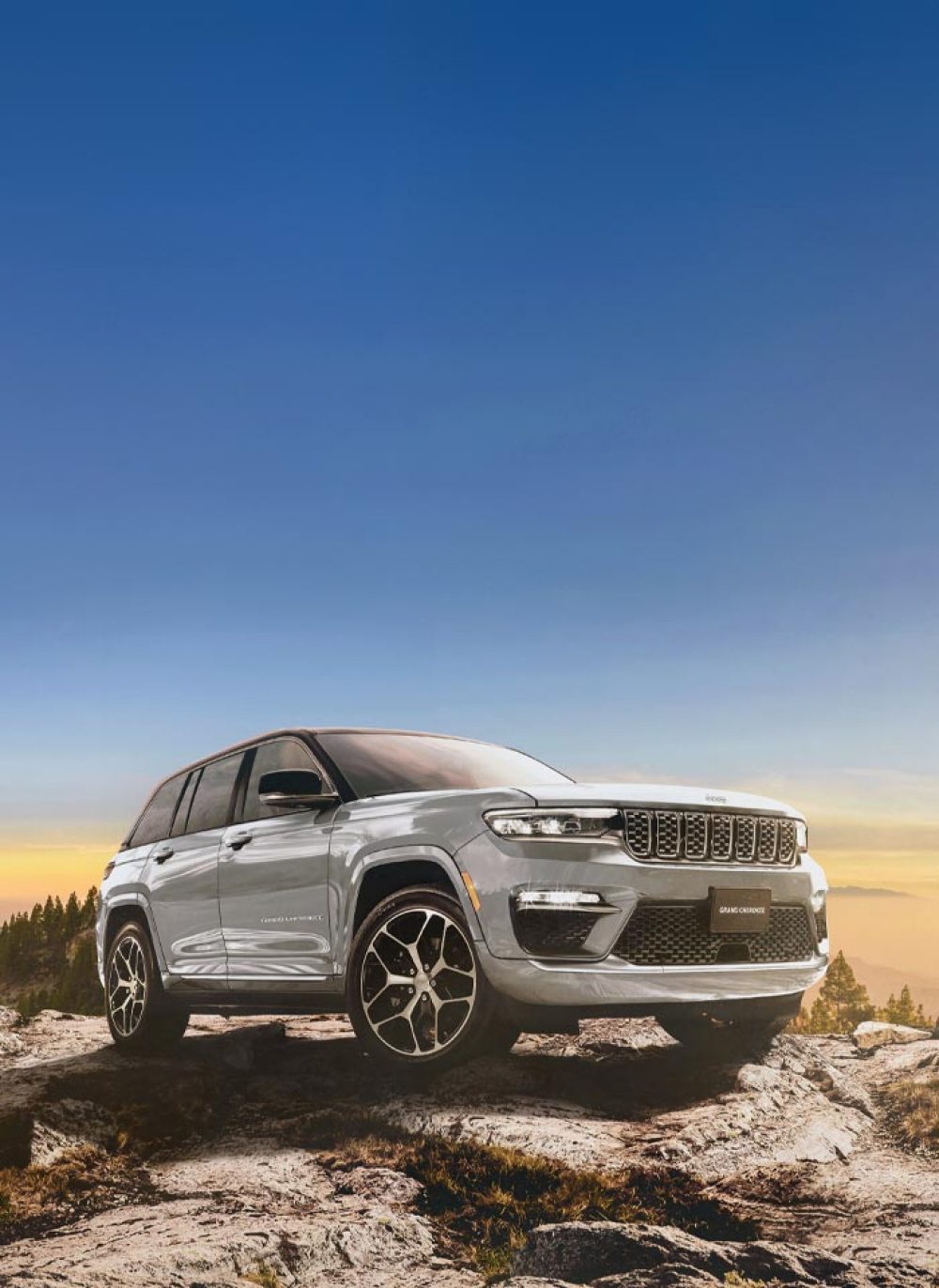
The market offers a diverse range of wheels compatible with the Jeep Grand Cherokee SRT8:
- OEM Wheels: These are the factory-installed wheels, specific to the WK1 (e.g., "Starfish" wheels) or WK2 (e.g., "Goliath," "Black Vapor Chrome," "Spider Monkey" wheels) generations. They are designed to perfectly fit the vehicle’s specifications and accommodate the Brembo brakes.
- Replica Wheels: These are aftermarket wheels manufactured to visually mimic OEM designs. They are often more affordable than genuine OEM wheels but may vary in quality, weight, and precise specifications. It’s crucial to verify their load rating and brake clearance.
- Aftermarket Performance Wheels: Brands like Forgeline, HRE, Vossen, OZ Racing, and BBS offer high-performance wheels specifically designed for vehicles like the SRT8. These are often lighter, stronger (e.g., forged construction), and available in a wider range of sizes, offsets, and finishes, catering to enthusiasts seeking performance enhancements or unique aesthetics.
- Aftermarket Standard Wheels: Many other aftermarket companies offer wheels that fit the SRT8’s bolt pattern and size requirements, focusing more on style and affordability than extreme performance.
When considering any non-OEM wheel, always confirm the bolt pattern (5x127mm), center bore (71.5mm), offset, and ensure adequate clearance for the large SRT8 brake calipers.
Choosing the Right Tires for Your SRT8
The tires are where the rubber meets the road, literally, and selecting the right ones is paramount for performance and safety.
- Performance Summer Tires: These are the OEM choice and offer the best dry and wet grip, precise handling, and high-speed stability. They are made from softer compounds that perform optimally in warmer temperatures (above 45°F/7°C). Examples include Pirelli P Zero, Michelin Pilot Sport, Continental ExtremeContact, and Goodyear Eagle F1.
- All-Season Performance Tires: A compromise for year-round usability in moderate climates. They offer decent grip in dry/wet conditions and light snow, but their performance limits are lower than dedicated summer or winter tires. They are a good choice if you only want one set of tires but don’t live in a harsh winter climate.
- Winter Tires: Essential for anyone driving their SRT8 in cold climates with snow and ice. These tires use specialized rubber compounds that remain flexible in low temperatures and tread patterns designed for maximum grip on slippery surfaces. They significantly enhance safety in winter conditions.
- Tire Sizing: It is crucial to stick to the OEM tire sizes (e.g., 295/45R20, 295/40R20, 295/45R21, or staggered setups like 295/45R20 front and 305/40R20 rear) or consult with an expert before deviating. Incorrect sizing can throw off the speedometer, ABS, traction control, and negatively impact handling.
- Load Rating and Speed Rating: Always ensure the chosen tires meet or exceed the SRT8’s original equipment load and speed ratings. These ratings are critical for handling the vehicle’s weight and top speed safely.
- Treadwear, Traction, Temperature (UTQG): These Uniform Tire Quality Grade ratings provide a general indication of a tire’s expected tread life (Treadwear), its ability to stop on wet pavement (Traction, A being best), and its resistance to heat buildup (Temperature, A being best). For an SRT8, high traction and temperature ratings are desirable.
Where to Find Jeep SRT8 Wheels and Tires For Sale
The market for SRT8 wheels and tires is robust, with several avenues for finding what you need:
- Online Marketplaces: Websites like eBay, Facebook Marketplace, and Craigslist are popular for both individual sellers and smaller businesses. Use specific search terms like "Jeep SRT8 wheels," "WK2 SRT8 rims," or "Pirelli P Zero SRT8 tires."
- Dedicated Forums and Groups: SRT-specific enthusiast forums (e.g., SRTForums.com), Jeep Grand Cherokee forums, and performance SUV Facebook groups often have "for sale" sections. These communities are excellent for finding knowledgeable sellers and getting advice.
- Specialty Wheel & Tire Shops: Local and online performance wheel and tire retailers often carry new aftermarket options and sometimes used OEM sets. They can also provide professional advice and installation.
- Salvage Yards/Auto Recyclers: While riskier, salvage yards specializing in late-model performance vehicles might have OEM SRT8 wheels, often from wrecked vehicles. Thorough inspection is critical here.
- Local Classifieds: Check local newspapers or community online boards for listings.
Key Considerations When Buying Used Wheels and Tires
Purchasing used components requires diligence to avoid costly mistakes:
- Wheel Inspection:
- Cracks: The most critical issue. Even hairline cracks can compromise structural integrity. Look closely, especially around the lug holes and spokes.
- Bends: Check the inner and outer barrels for bends. A bent wheel can cause vibrations and uneven tire wear. Spin the wheel if possible to observe any wobble.
- Curb Rash: Cosmetic damage from scraping against curbs. Minor rash is acceptable, but extensive or deep rash can indicate more significant underlying damage.
- Previous Repairs: Look for signs of welding or significant repainting, which could mask previous damage.
- Authenticity: Verify if aftermarket wheels are genuine, especially for high-end brands.
- Tire Inspection:
- Tread Depth: Use a tread depth gauge or the built-in wear bars. Performance tires wear quickly, so ensure sufficient tread for your needs.
- Sidewall Damage: Check for bulges, cuts, punctures, or dry rot (cracks in the rubber). Any of these can make the tire unsafe.
- Uneven Wear: Indicates potential alignment issues on the previous vehicle, which could affect your vehicle.
- Age (DOT Date Code): Tires degrade over time, regardless of tread. Look for the DOT code (e.g., 2023 means 20th week of 2023). Tires over 6 years old are generally considered past their prime, even with good tread.
- Puncture Repairs: Check for proper patch and plug repairs. Multiple repairs or repairs near the sidewall are red flags.
- Matching Set: Ensure all four wheels are identical in terms of size, offset, and bolt pattern, unless you specifically intend to run a staggered setup. Similarly, ensure tires are a matching set (or compatible if staggered) in terms of brand, model, and wear.
- Seller Reputation: Buy from reputable sellers. Check reviews, ask for detailed photos from multiple angles, and don’t hesitate to ask many questions.
- Shipping Costs: Wheels and tires are heavy and bulky. Factor in significant shipping costs if buying from a distant seller. Local pickup is often preferred.
Installation and Maintenance Tips
Once you’ve acquired your wheels and tires, proper installation and ongoing maintenance are crucial:
- Professional Installation: Always have wheels and tires mounted and balanced by a reputable shop with experience in performance vehicles. Proper balancing prevents vibrations and extends tire life.
- Wheel Alignment: After installing new wheels and tires, especially if sizes or offsets have changed, a wheel alignment is highly recommended to ensure optimal handling and prevent uneven tire wear.
- Torque Specs: Ensure lug nuts are torqued to the manufacturer’s specified value (e.g., 100 ft-lbs for SRT8). Overtightening or undertightening can cause issues.
- Tire Pressure Monitoring System (TPMS): Most modern SRT8s utilize TPMS. Ensure your new wheels can accommodate TPMS sensors, and have them programmed or reset if necessary.
- Regular Cleaning and Inspection: Keep your wheels clean to prevent brake dust corrosion. Regularly inspect tires for damage and check tire pressure.
- Tire Rotation: If running a non-staggered setup, regular tire rotation (every 5,000-7,000 miles) helps promote even wear and extend tire life. Staggered setups typically do not allow for traditional rotation.
Practical Advice and Actionable Insights
- Set a Budget: Determine how much you’re willing to spend. This will narrow down your options between new OEM, used OEM, replica, or high-end aftermarket.
- Know Your Specs: Before you start shopping, know the exact dimensions of your current wheels and tires (diameter, width, offset, bolt pattern, tire size). This prevents compatibility issues.
- Prioritize Safety: Never compromise on safety. A damaged wheel or an unsafe tire is not worth the risk, regardless of the price.
- Don’t Rush: Take your time. The perfect set might not appear overnight. Patience can lead to better deals and higher quality.
- Ask for Details: For used items, always request multiple high-resolution photos, especially of any imperfections. Ask for the tire DOT date codes and tread depth measurements.
Price Table: Estimated Costs for Jeep SRT8 Wheels and Tires
Please note that these are estimated price ranges and can vary significantly based on condition, brand, specific model year, rarity, location, and market demand.
| Component Category | Description | Estimated Price Range (USD) | Notes |
|---|---|---|---|
| Used OEM Wheels (No Tires) | Factory original wheels (WK1 or WK2), good to excellent condition, minor curb rash acceptable. | $800 – $2,500 per set | Price varies heavily by generation (WK1 generally lower) and specific wheel design (e.g., Spider Monkeys often higher). |
| Used OEM Wheels (Worn Tires) | Factory wheels with tires that have minimal tread left or are older. | $700 – $2,000 per set | Essentially buying the wheels, tires are a bonus or for immediate temporary use. Factor in cost of new tires. |
| Used Aftermarket Wheels (No Tires) | From reputable brands (e.g., Vossen, Forgeline, HRE), good condition. | $1,500 – $6,000+ per set | Varies wildly based on brand, construction (cast vs. forged), and original retail price. Forged wheels will be at the higher end. |
| New Replica Wheels (No Tires) | Aftermarket wheels designed to look like OEM, new condition. | $800 – $1,500 per set | Quality and weight can vary. Always verify load rating and brake clearance. |
| New Performance Summer Tires | Set of 4, high-performance, for warmer weather (e.g., Pirelli P Zero, Michelin PS4S). | $1,200 – $2,000 per set | Essential for maximizing SRT8 performance. Tread life is generally lower. |
| New All-Season Performance Tires | Set of 4, balanced performance for year-round use in moderate climates. | $1,000 – $1,600 per set | A good compromise for daily driving if dedicated winter tires are not an option. |
| New Winter Tires | Set of 4, specifically designed for cold weather, snow, and ice. | $1,200 – $2,000 per set | Highly recommended for safety in winter conditions. Requires a dedicated set of wheels for easy swaps. |
| Full Used OEM Wheel & Tire Set | OEM wheels with decent condition tires (50%+ tread, under 6 years old). | $1,500 – $3,500 per set | Excellent value if you find a well-maintained set. Inspect tires closely for age and wear. |
| Full Used Aftermarket Wheel & Tire Set | Aftermarket wheels with decent condition tires. | $2,000 – $7,000+ per set | Price highly dependent on the quality/brand of both wheels and tires. Best deals often come from enthusiasts upgrading. |
Frequently Asked Questions (FAQ)
Q1: Can I use different size wheels/tires than OEM on my SRT8?
A1: While technically possible, it’s generally not recommended without extensive research and professional consultation. Changing diameter can affect speedometer accuracy, ABS/traction control systems, and handling characteristics. If you change width or offset, ensure adequate clearance for brakes, suspension, and fender wells. Sticking to OEM or very close specifications is safest.
Q2: What’s the difference between WK1 and WK2 SRT8 wheels?
A2: WK1 (2006-2010) SRT8s typically came with 20-inch wheels and were not staggered. WK2 (2012-2021) SRT8s primarily used 20-inch or 21-inch wheels, and many later models featured a staggered setup (wider rears). While the bolt pattern is the same (5×127), offsets and brake caliper clearance can differ, meaning not all WK2 wheels will fit WK1 and vice-versa without spacers or modifications.
Q3: How do I check the age of a tire?
A3: Look for the DOT (Department of Transportation) code on the tire’s sidewall. It’s a series of numbers and letters, ending with a four-digit number indicating the week and year of manufacture. For example, "2023" means the 20th week of 2023. Tires over 6 years old, even with good tread, are generally considered past their prime due to rubber degradation.
Q4: Do I need TPMS sensors for my new wheels?
A4: Yes, your SRT8 relies on TPMS for safety. If your new wheels don’t come with sensors, you’ll need to purchase and install compatible ones. Most tire shops can transfer your old sensors or install new ones and program them to your vehicle.
Q5: Is curb rash a deal-breaker when buying used wheels?
A5: Not necessarily. Minor curb rash is cosmetic and can often be repaired or touched up. However, deep curb rash that compromises the wheel’s structural integrity or is accompanied by bends or cracks is a deal-breaker. Always inspect carefully.
Q6: How much does shipping usually cost for a set of wheels and tires?
A6: Shipping can be substantial due to weight and size. For a full set within the US, expect anywhere from $150 to $400 or more, depending on distance and carrier. Always get a shipping quote before committing to a purchase.
Conclusion
The wheels and tires on your Jeep Grand Cherokee SRT8 are more than just rolling stock; they are fundamental to its identity as a high-performance vehicle. Whether you’re in the market for a direct OEM replacement, an aesthetic upgrade, or a performance boost, making an informed decision is paramount. By understanding the specific needs of the SRT8, knowing where to look for quality components, and diligently inspecting any potential purchases, you can ensure your powerful SUV continues to perform safely and look its best. Invest wisely in these critical components, and your SRT8 will reward you with exhilarating performance and unwavering confidence on the road.
